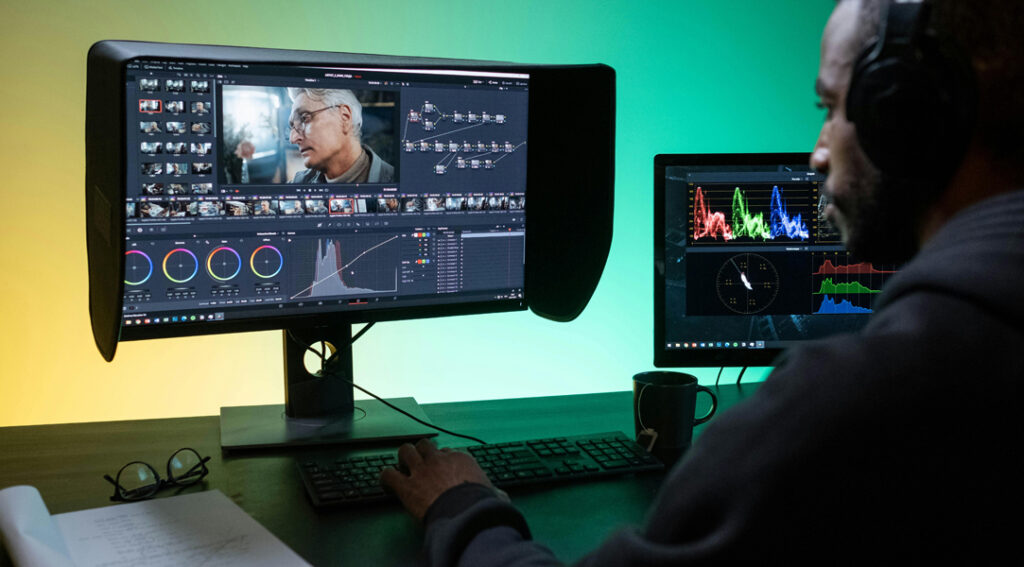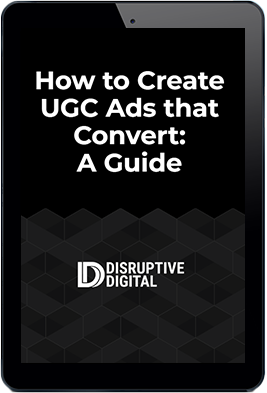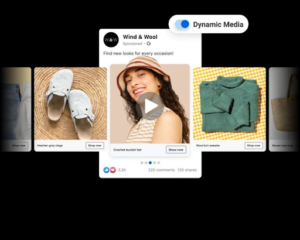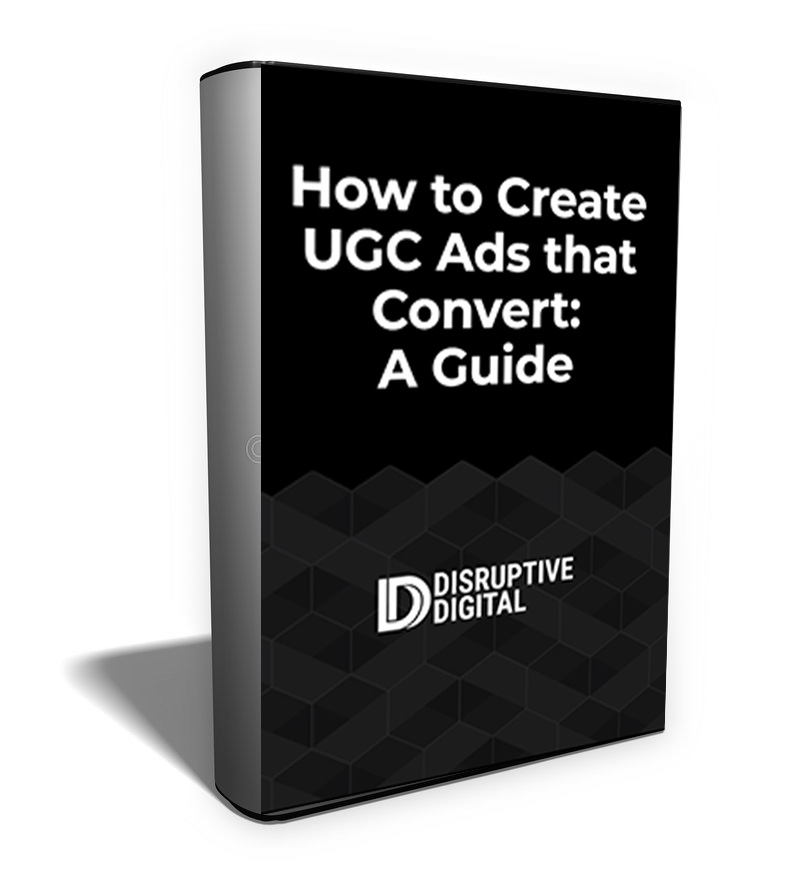Every Meta ad strategy is two-fold: you have to get the campaign setup right, but even the best setup matters little if the creative disappoints. Who cares if you get your ads in front of the right audience, with the right bidding strategy for your business, if that audience doesn’t care about what they see?
When they say that advertising is both a science and an art, this is what they mean. Today, we’re discussing the ‘art’ aspect of this two-fold equation, which, surprisingly, can get quite scientific.
No advertiser nails the creative aspect perfectly from the get-go. Instead, it pays to audit your creative and look for any red flags that might prevent your ads from performing as well as they possibly could. Check for these 12 red flags both in your existing ad sets and as you set up new campaigns to promote your business and sell your products.

1. You’re Not Testing New Creative Enough
The best-performing campaigns constantly introduce new creative concepts to see if they outperform existing ads. In fact, research shows that the fastest-growing advertisers test 11-times more creative, and see an 11x variance in ROAS between their top- and bottom-performing ads.
For high-volume accounts, aim to test new creative at least weekly. However, for low-volume ad accounts, bi-weekly testing is optimal. Push between 10% and 20% of your budget toward creative testing every month to keep iterating on your campaigns and improve them over time.
FREE GUIDE
How to Create UGC Ads That Convert
Our guide explains what user generated content is and what makes it good for ads.
2. You’re Adding Noise to Creative Testing
Of course, simply pushing new creative into your ads isn’t enough. As you test them, you also have to make sure that the data you get back provides actual insights. Isolate your new creative as much as possible by minimizing variables, such as changes in your bidding or targeting strategies. That way, you can more certainly attribute any performance changes to the creative only.
3. You’re Using Too Many Active Ads Per Set
Especially as you rotate in new creative, it can be tempting to go all out in showing your audience plenty of ads. But once you get to more than six, you’ll find little marginal benefit. Use it as your limit when you build and update your ad sets to keep your data as accurate as possible. One exclusion: Advantage+ Shopping Campaigns, which can go above the limit thanks to their dynamic nature.
4. You’re Using Too Few Active Ads Per Set
At the same time, you can also go too low on your ad sets. Fewer than three, and Meta won’t have the ability to optimize or make accurate conversion predictions. Keep the active ads in each of your sets between three and six for optimum performance over time.

5. All Your Ads Use the Same Types of Visuals
Variety is not just the spice of life, but also a key to success for your Meta campaigns. Creative diversification, such as showcasing both your product and people using it, studio-generated creative and UGC, or different text overlays has been shown to drive 32% increased efficiency, with an 8% boost in incremental reach. Even the simple diversity of static and video content can help to make an impact.
6. Your Photo Dimensions Are Off
You need to make sure your ads can run in as many formats and places as possible, while customizing them for the audience behaviors and best practices of each of these placements. For photos, that means preparing both 1×1 creative, which is the most compatible across placement, and 9:16 vertical formats.
7. Your Video Dimensions Are Off
Similarly, and for the same reasons, you have to get your video creative just right. Most commonly, video will place in a 4×5 dimension. But you’ll also want to prepare 1×1 and vertical 9×16 formats to ensure that no matter the placement, your ads will present themselves in the best possible light.
8. Your New Ads Don’t Have the Budget for Reliable Learnings
Depending on the product and messaging you’re advertising, it can be tempting to be flexible with your ad run times and budget. But to get out of the learning phase for new setups and creative, you need to spend enough to get the data to optimize them and determine their success. To successfully move new creative and setups out of the learning phase, ensure you allocate enough budget to achieve 50 conversions over 7 days, using the formula (50*expected CPA)/7.

9. Your Video Ads Don’t Hook Your Audience
Believe it or not, the median watch time for Meta videos is just 3.1 seconds. That means you only have those three seconds to hook your audience, and to showcase your brand and product offer. Evaluate your own video hook rate over the last 30 days with a calculation of (3-second views) / impressions. If it’s below 30%, you need to get more clarity in those first few seconds.
10. Your Videos Only “Work” With the Sound On
Especially on mobile devices, many Meta videos will autoplay without sound. That means your video ads need to be designed to work equally well with or without sound. It’s part of the reason why advertisers who use mobile-first creative achieve a 12% lower cost per web conversion compared to their non-mobile-first counterparts.

11. You Aren’t Designing Your Videos for Sound-On Environments
For newer Meta video formats like Instagram Reels though, sound isn’t just an option—it’s essential. Unlike standard Meta video ads, Reels leverage audio to captivate and engage. A catchy soundtrack or insightful voiceover can transform your ad, making it more memorable and shareable. In these sound-on scenarios, integrating audio effectively can significantly enhance viewer engagement and campaign performance, making it a critical element for ads in this dynamic format.
FREE GUIDE
How to Create UGC Ads That Convert
Our guide explains what user generated content is and what makes it good for ads.
12. Your Advertised Products are Competing Against Each Other
On Meta, and across your digital marketing, each ad set should have a single hero product or offer. Focusing on multiple products or offers can lead to internal competition and cannibalization, especially if they come in at different price points—leading to some of them getting optimized right out of the equation. Avoid it by building different ad sets and campaigns for your different products and offers.
Optimize Your Meta Creative to Drive Sustainable Conversion Success
No Meta campaign starts out perfectly. That’s why optimizing your creative over time is such a crucial component in driving ROAS.
From new creative testing to following best practices on budgeting and the creative mix, spotting and fixing these red flags can go a long way toward and driving sustainable campaign success. And you don’t have to be on your own: Get in touch with Disruptive Digital to see how we can help you build and optimize those campaigns.









